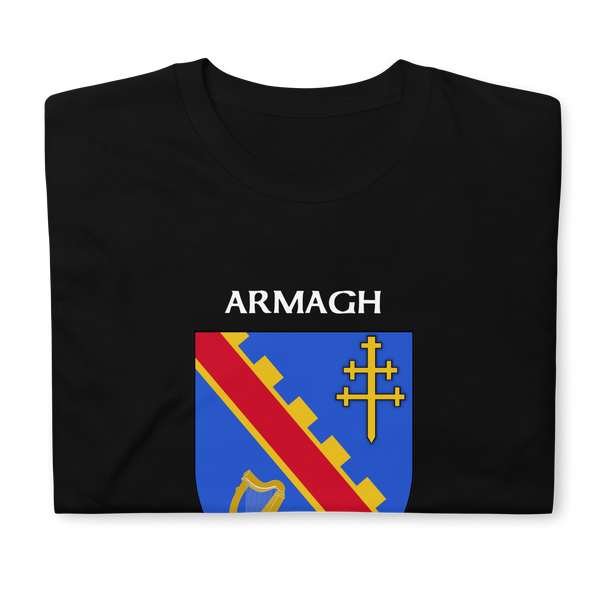Armagh Northern Ireland Coat of Arms Short-Sleeve Unisex T-Shirt
Regular price
$25.00
Up Armagh! Show your county pride with our exclusive Ogham Art short-sleeve t-shirt design featuring the County Armagh coat of arms. Available in black, navy and heather gray in sizes S, M, L, XL, 2X and 3X.
- 100% ring-spun cotton
- Heather gray is 90% ring-spun cotton, 10% polyester
- 4.5 oz/yd² (153 g/m²)
- Shoulder-to-shoulder taping
- Quarter-turned to avoid crease down the center
Click here for our Armagh coffee mug.
Click here for our Armagh bumper sticker.
U.S delivery only with FREE shipping! Printed on demand so please expect 1-2 weeks for delivery.












